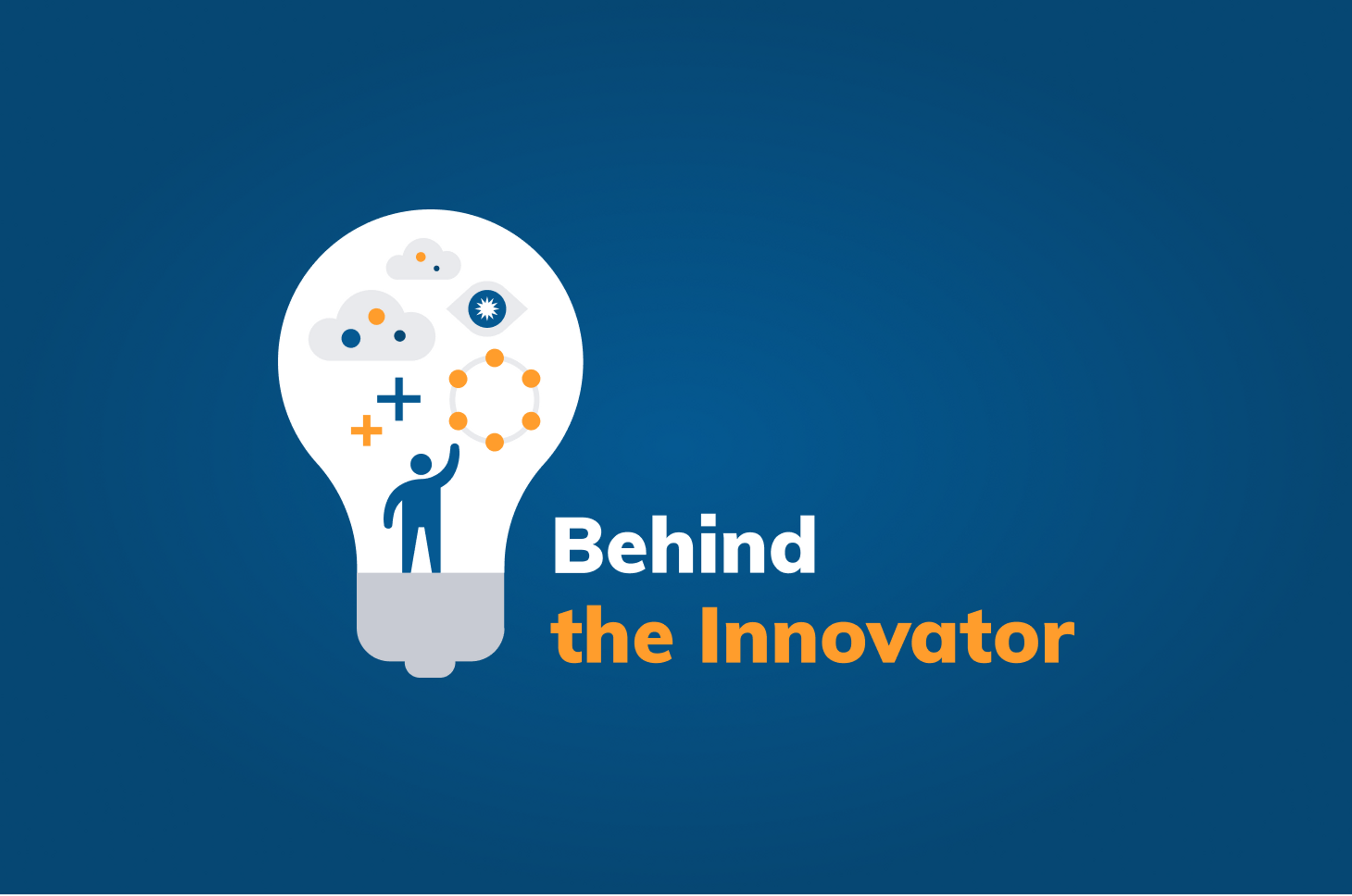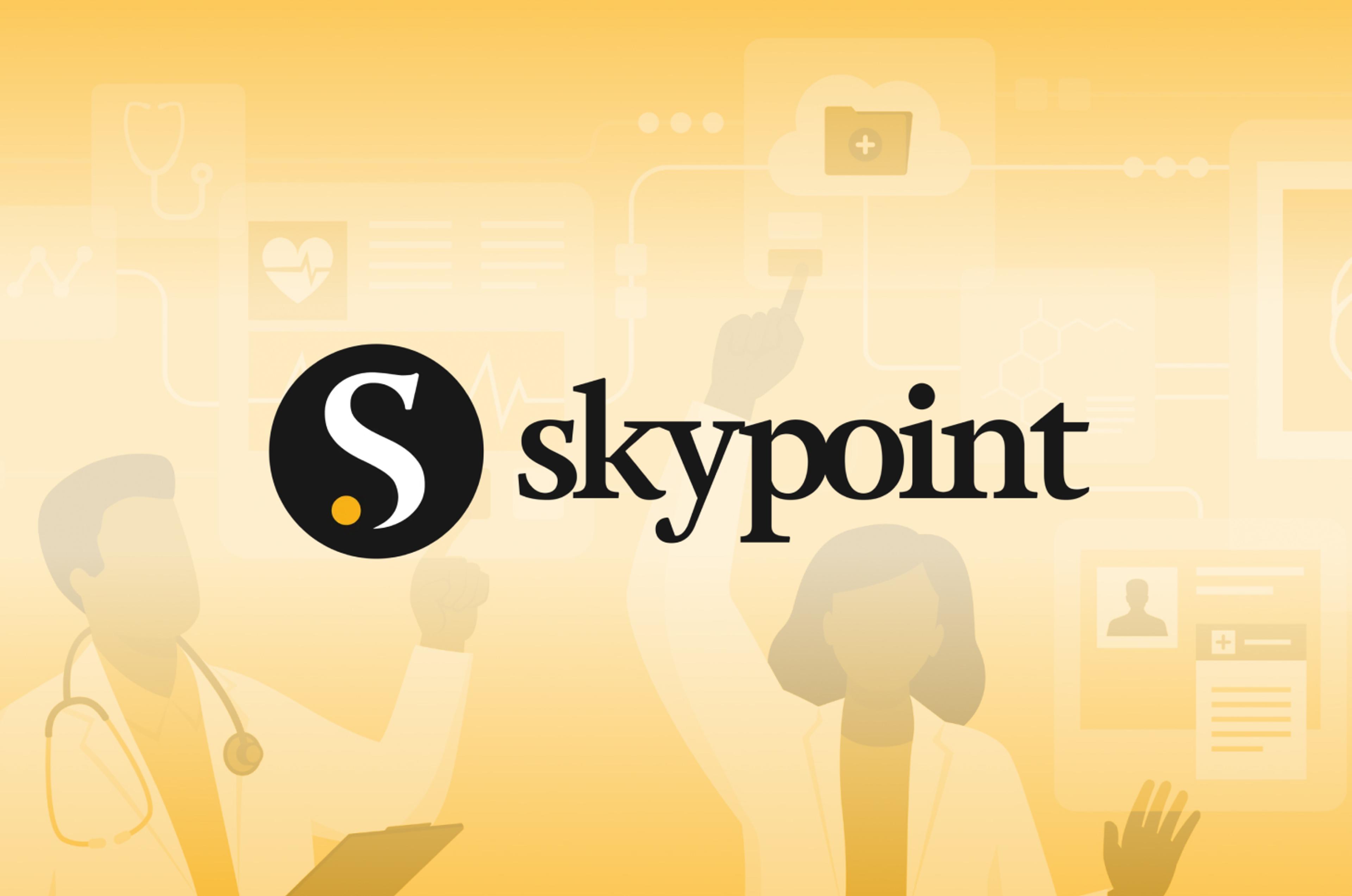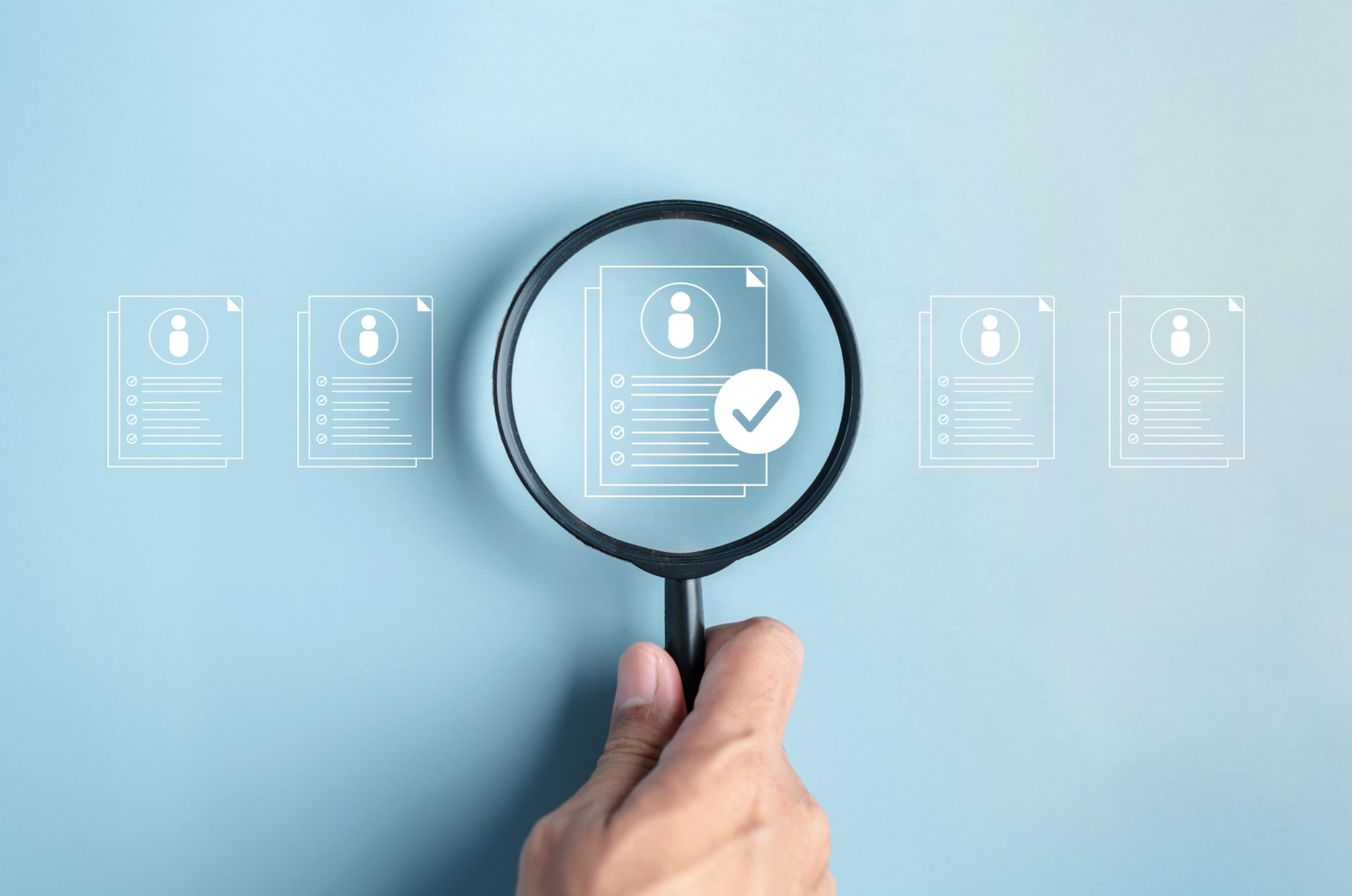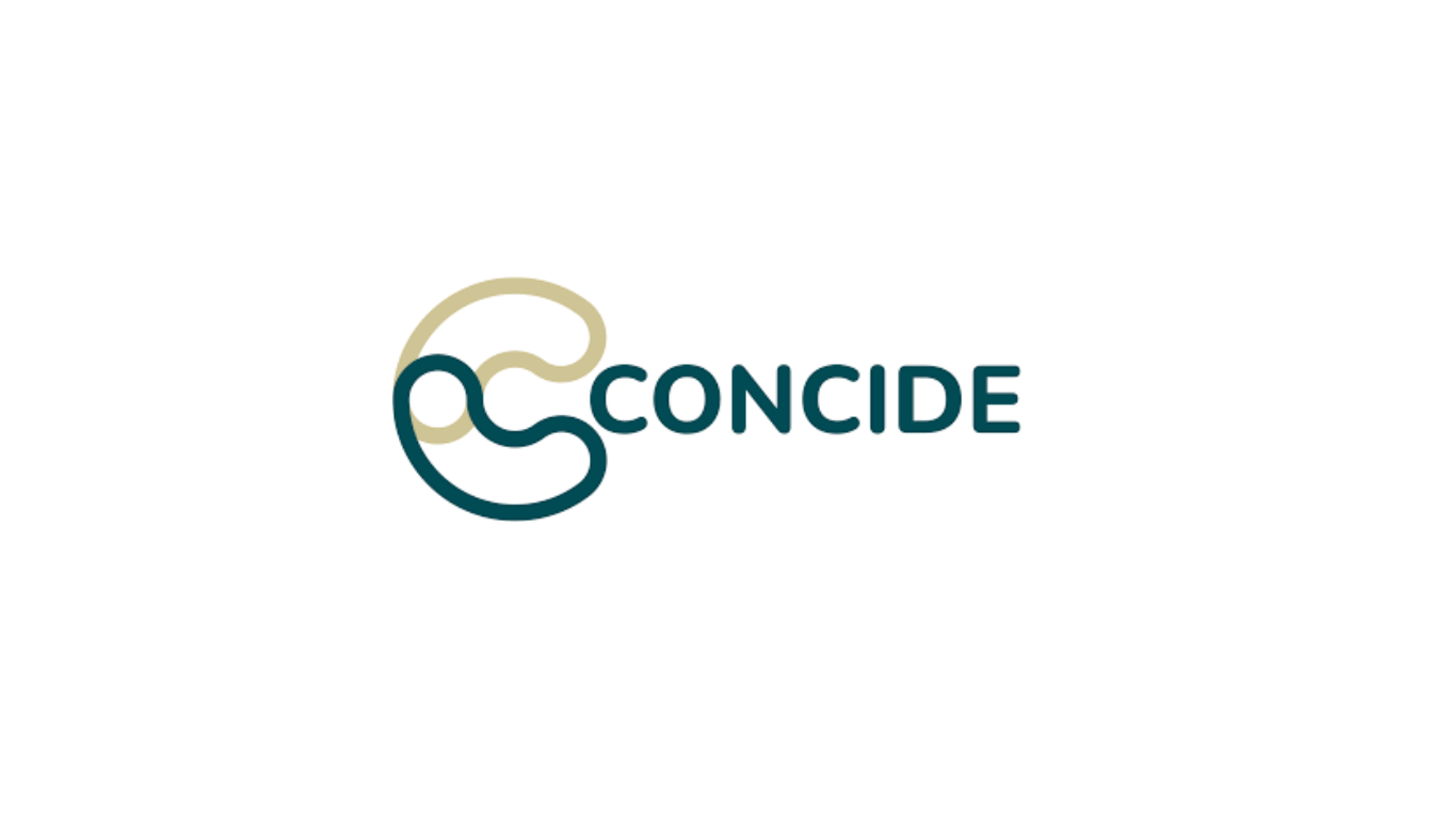“New data strategies in the last ten years, especially in the last five, have changed the landscape. The person who can analyze data better can win.”
--Shridhar Sheth, vice president of engineering at Trading Technologies
Speed is essential in financial markets, where a split-second delay can mean the difference between significant gains and losses. But these days, speed is table stakes for companies that develop trading software. To win today, organizations need to also excel at understanding the massive amounts of data that comes their way, and turn it into valuable insights that improve their clients' experience.
We recently spoke with Shridhar Sheth, vice president of engineering at Trading Technologies, about how his company leverages data to give its customers competitive advantages for maximizing opportunities in capital markets while minimizing risks.
Trading Technologies provides high-performance professional trading software, infrastructure, and data solutions. Its customers include proprietary traders, brokers, money managers, commodity trading advisors, hedge funds, commercial hedgers, and risk managers. The company provides access to major global exchanges and liquidity venues via its TT® trading platform and offers tools for trade surveillance and compliance that leverage artificial intelligence and machine learning.
1. Tell us about what you do at Trading Technologies. We note your company has really been data-oriented by nature, since its inception.
I started with Trading Technologies in 2007 as a software engineer in Chicago. Now I lead our trading platform services as vice president of engineering, based in India.
The critical role that data plays in our industry is only increasing. When I joined, I remember that the most important thing in trading—and it still is to some extent—was latency. You're always wanting to be the fastest to execute . Simply put, the fastest traders would have higher probability to make the most money.
New data strategies in the last ten years, especially in the last five, have changed the landscape. The person who can analyze data better can win. It's not necessarily the fastest and first anymore. So I think the business has changed over the years in this way.
2. How has your company’s approach evolved?
As a company, our vision is to be *the* operating system for capital markets. We are, and have been for years, the best execution platform in the business, but only for a small part of capital markets.
For the last ten years, we have been building a new platform with our capital markets operating system vision in mind. This requires newer technology integrations, different features, and new services altogether. We have some novel, exciting work going on.
One project we’re working on leverages data to enhance our surveillance platform. It’s called TT Score and it's an AI/ML-based surveillance platform that works on auditing transactions that we get from our customers all day, every day.
We get close to 100 million in transactions in a day. We can apply this to our TT Score platform for our customers and provide them with compliance and surveillance results; for instance, if a trader’s behavior looks like spoofing or anything notorious that compliance officers would like to know about. Currently we have a service for this that operates once a day, doing a read every 24 hours as a batch job, but our goal is to make this more real-time.
We are looking at adapting our models to enable more real-time analytics. As you can imagine, It's challenging, with all the data and evolving AI/ML models. This is an important service we’re trying to achieve for our customers.
3. What other initiatives is your company looking at, to make the most of big data?
Another major initiative involves the ~100 million records we handle every day. We have been serving customers in the trading business for many years, so we keep accumulating more data. For our traders, if they’re looking for a very specific thing they did three years ago, it's a lot like finding a needle in a haystack. They each have millions of transactions.
To provide granular filtering on any of the hundreds of fields on a trading record, at scale, has been really challenging, considering the cost-benefit parameters we need to keep in mind. One could throw hundreds of servers at the problem to solve it. That's another challenge facing us—how to optimize our data strategy and platform to cost-effectively make this possible for our customers.
Leveraging the same dataset, we provide users ways to analyze their trades and ask interesting questions. For example, what time of day do I usually have most of my winning trades? We want to enable our customers to be able to ask many such questions and get reliable answers that they can integrate into their trading decisions.
4. How did Cassandra enter the picture for you?
We started using Cassandra for two principal reasons. One is the global replication that no other database had at that time. We have a presence in 13 different data centers. Our customers are worldwide. They generate massive amounts of data daily.
One of the factors in trading that's very important is maintaining a consistent view of your order book and positions. If a server fails, it's critical to have that view intact. To do that, you need global replication of data at extreme speed and scale. Cassandra enables this.
We have had tremendous success with this solution, as far as the global replication goes. There are challenges that we ran into, and DataStax is a great partner that has helped us through those.
We were on open source Cassandra and still use it today. But we also bought a consulting subscription called DataStax Luna, where we get all the advice and the debugging we might need from DataStax. It’s worked out great.
Another key factor is the availability. Again, in trading it's very important that you are always up and running. People have a lot of money at stake and you can't have your platform down for even seconds.
Availability was important so we could achieve what we wanted with our own consistency models on top of Cassandra. Whether we want full consistency, eventual consistency, or we want to degrade consistency per transaction, all those options are available, which made Cassandra a very good choice for us.
5. How were you doing things before?
Well, a lot of things, we didn't have at all. If a service failure occurs, the other service takes over with all the data in the global storage. We didn't have that. In some cases we had flat files on machines, which we copied to other servers. The solutions were very rudimentary but were stable enough.
Unfortunately they were not automated. There was so much work needed to have a service come to the same state as the failed service. A lot of manual work had to happen, which Cassandra eliminated. Some things weren’t feasible before, like our surveillance platform, our filtering capabilities, or what we call our forever audit trail, which is a feature that we’re able to offer in our newer platform.
6. What possibilities do you see ahead?
I think we’re in a good position to enhance our services with more filtering, streaming analytics, and providing rich experiences to our users with our existing data set. We already have Kafka streaming that powers several services and dashboards, for example, a dashboard and alerting system to inform our operations team of potential issues so they can tackle them in real time. With DataStax Astra DB there are more streaming possibilities that are coming up. It looks like it will fit into our model of surveillance and streaming analytics.
7. How important is open source software to your business? And how does this relate to your cloud architecture?
We use a hybrid cloud solution with Amazon, because in our industry, speed is important. We are co-located with our exchange partners and that’s where most of the data gets generated. We have to push that data into the cloud and then all our processing happens in the cloud.
Open source software is definitely important. I think the community behind open source for some of the products we use has been fantastic. Zookeeper, Kafka, Cassandra, a lot of them.
There are so many people working to improve these technologies all the time. Unless you need features that aren't available in the open source version, there isn't much need to go enterprise in my opinion. At the same time, for enterprises like ours, when the downtime is absolutely unacceptable, partnering with the right company is critical.
Even though we have open source Cassandra, we partner with DataStax. We use the Luna service to keep our mind at ease that there is a partner that knows this technology better than anyone else in the world. So, open source is important, but having a partner that actually understands open source is even more important and we are happy to have a successful partnership.
8. Some of your marketing materials talk about how the future is all about access to data, the types of data, and what people can do with that data. Can you elaborate on this and how it affects the direction of your work?
We talk about a lot of data that our customers generate on our platform, using that data, and providing them access to their own data from anywhere in the world. But there's also the whole other side of things—with data that is not generated on our platform.
We now provide a way for all our non-trading customers to ingest data into TT. By doing that, we’re exponentially growing our data set, because a lot of people are going to ingest data into TT that's not generated within TT.
We are going to be able to provide the same types of services in this arena that we provide to our established trading partners. These new customers may only want certain services, for example, to see their global order book or positions across all the trading platforms they might be using. TT will be the aggregation point, and we will provide our existing tools to explore that data on TT screen.
And the same thing goes for our surveillance product. Even if you don't trade with us, we'll help you make sure that none of your traders are doing anything that will jeopardize compliance. That's what we really mean when we talk about having access to data and making it available to customers, even if they’re not an established TT trading partner.
9. As your company evolves to its fullest potential, what’s the biggest challenge remaining for you?
I think the initiative I just talked about, where we invite people to bring all of their data into TT and we will offer them all our services. That's easier said than done. People have data in all sorts of formats. To provide analytics on top of that, to have that kind of data lake built, and have technologies that can work on it without everyone having to normalize to your standard. We may have completely unstructured data and then we can use the right technologies and techniques to efficiently provide insights.
Behind the Innovator takes a peek behind the scenes with learnings and best practices from leading architects, operators, and developers building cloud-native, data-driven applications with Apache Cassandra™, Apache Pulsar, and open-source technologies in unprecedented times.







